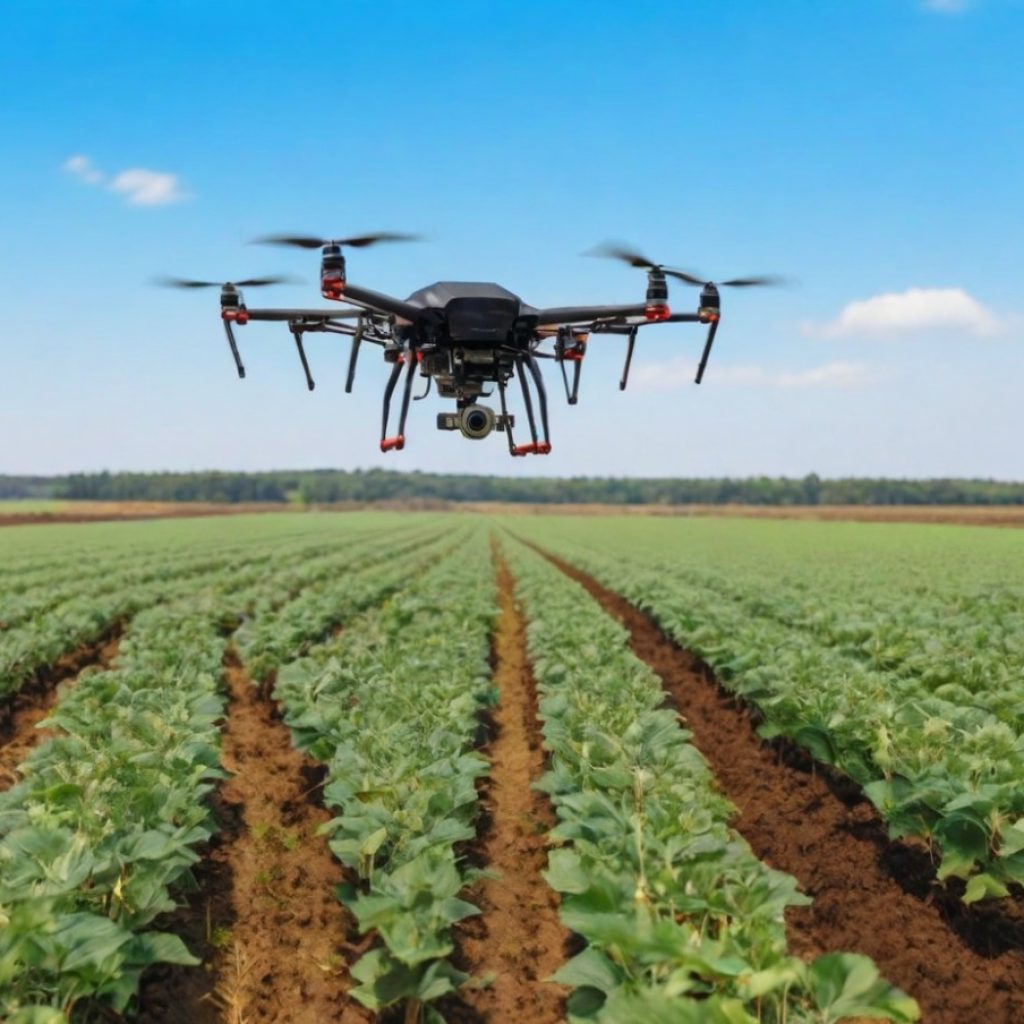In an era marked by rapid advancements in artificial intelligence (AI), there is no shortage of debates regarding the impact of AI on the job market. Goldman Sachs predicts that AI automation may affect up to two-thirds of jobs in the United States and Europe, while the Pew Research Center suggests a more moderate estimate, particularly emphasizing jobs requiring a college education. Amid these forecasts, one thing remains clear: AI is becoming an indispensable part of our lives, reshaping how we work and interact with the world.
Co-evolution with AI
Contrary to apocalyptic visions of job displacement, history has shown that humans have consistently co-evolved with technology. From mastering fire to domesticating plants and animals, each technological leap brought forth new opportunities and challenges, ultimately enhancing our quality of life. The advent of AI is no exception.
AI algorithms are increasingly outperforming humans in various tasks, from computer programming to data analysis and even art creation. Rather than signaling the decline of human relevance, this presents an opportunity for us to redefine our roles and allocate our cognitive resources to more complex and creative endeavors.
Beyond job displacement
While AI’s rise may lead to job displacement in some sectors, it is crucial to recognize that some jobs are uniquely human and irreplaceable. Occupations like home health attendants and poets, often undervalued economically, may become highly cherished in the future. Moreover, the AI revolution will usher in the creation of entirely new jobs that were previously unimaginable, as seen in past technological revolutions.
The hybridization of jobs
The future of work lies in the hybridization of jobs. As AI systems become more integrated into various industries, individuals, and organizations must assess their core functions. They must determine which tasks are better suited for humans, which for AI, and which for a harmonious collaboration between the two.
Maximizing AI-human synergy
Success in the AI age hinges on harnessing the strengths of both AI and humans while finding effective ways for them to collaborate. Identifying the optimal mix of AI and human input will distinguish the leaders in the evolving job market.
Building a collaborative future
To ensure that AI benefits society while minimizing its potential harms, we need robust regulations and institutions at the local, national, and international levels. These institutions must enforce rules and guidelines to guide the development and deployment of AI technologies. This proactive approach will help us navigate the AI age with confidence.
Preparing for the inevitable
Calls for a voluntary moratorium on AI development, while well-intentioned, are not practical given the immense potential benefits of AI. Our competitive societies demand continued innovation, making preparation for the AI age a priority. Rather than resisting change, we should actively prepare for it.
Hybridization strategies for all
Every job can be deconstructed into a set of core functions. In this AI-driven world, individuals and organizations must evaluate these tasks to determine their best-suited executor—AI, humans, or a collaboration of both. Those who excel at optimizing this synergy will emerge as leaders in the new economy.
A co-evolutionary future
The dawn of the AI age does not signal the twilight of humanity. Instead, it offers an opportunity for us to evolve in tandem with our technology, albeit at an accelerated pace. By embracing AI’s potential, recognizing uniquely human skills, and fostering effective collaboration between AI and humans, we can ensure that the future belongs neither solely to AI nor humans alone, but to a co-evolved partnership between the two.
As we stand at the cusp of this transformative era, everyone should be actively seeking ways to adapt and thrive in this co-evolutionary journey, ensuring a future where AI and humans harmoniously shape a brighter world.





